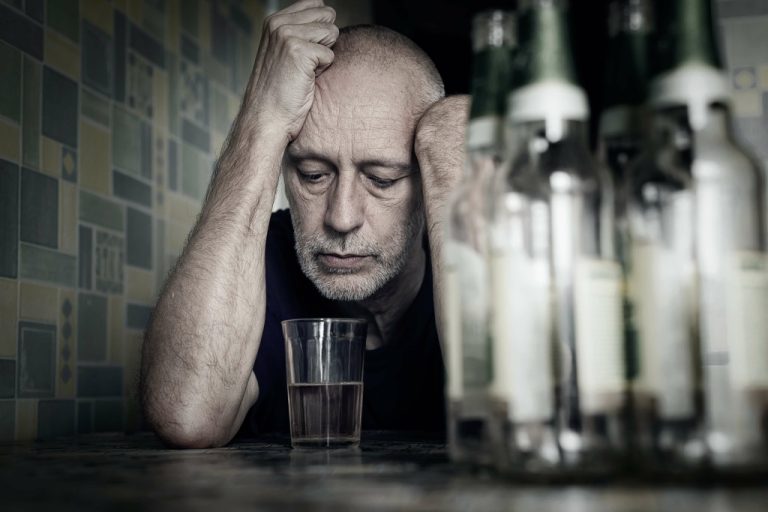Content
They argued that self selection of participants to the interventions being studies was an advantage because it mirrored the way individuals typically choose to enter treatment. Thus, self selection was integral to the intervention being studied and without self selection it was difficult https://www.healthworkscollective.com/how-choose-sober-house-tips-to-focus-on/ to argue that a valid examination of the invention had been conducted. In their view, random assignment of participants to conditions was often appropriate for medication studies but often inappropriately applied when used to study residential services for recovery from addiction.
- Second, individuals self selected themselves into the houses and a priori characteristics of these individuals may have at least in part accounted for the longitudinal improvements.
- Sober living houses (also called halfway houses or recovery houses) refer to group residences for people recovering from addiction.
- Halfway houses tend to be more affordable than sober living homes because they are built like dorms, have less structure and privacy, have fewer amenities, and are usually congested.
Our intervention modifies motivational interviewing to address the specific needs of the offender population (Polcin, 2006b). Specifically, it helps residents resolve their mixed feelings (i.e., ambivalence) about living in the SLH and engaging in other community based services. Thus, the intervention is a way to help them prepare for the challenges and recognize the potential benefits of new activities and experiences.
Careers – Join Our Team
They must also contribute to the community by helping with chores, taking responsibility for their actions, and respecting and obeying all house rules. In our comprehensive guide, we share the truth about sober living homes, including what it is like living in a sober house and how it factors into the How to Choose a Sober House: Tips to Focus on long-term recovery process. They first came into existence when a group of active participants in the Alcoholics Anonymous group created a “12-step” residence. This was a home, typically placed in low-income housing, that enforced policies around sobriety and required attendance to AA meetings.
Our support team provides the guidance and backup so that you can achieve your Recovery goals at The Bridge with minimum distraction or diversion. Let our team help you find the recovery program that is right for you. Lack of administrative attention suggests that the facility may not be well-run or legitimate, which could put your sobriety at risk. It can be hard to make connections and succeed at things like a job or continue your education. Sober living homes are equipped with several resources to help you find your way after treatment.
Learning How to Socialize Without Alcohol at a Men’s Halfway House
The idea was to remove clients from destructive living environments that encouraged substance use and create new social support systems in treatment. Some programs created halfway houses where clients could reside after they completed residential treatment or while they attended outpatient treatment. Daily routines within a sober living home include morning chores, house meetings, substance abuse counseling, community service, 12-step meetings, group therapy, and group activities. Some California sober living houses encourage their residents to adopt a daily exercise routine and may include time for meditation. Most California sober living homes have a house manager that runs the day-to-day activities and provides structure and routines for its residents.

Today, sober houses are “free-standing,” independently owned and operated. They’re not licensed by an official body, nor do they provide licensed professional services onsite. Finally, a transitional housing center with a sobriety requirement could be of great help if you’re struggling with housing insecurity, mainly due to addiction struggles. You should move into a sober living home after a stay at an inpatient facility if you have any concerns about staying sober on your own.
Daily Life in California Sober Living Homes
However, they may want to avoid the level of commitment involved in reentering a formal treatment program. Sober living houses (SLHs) are alcohol and drug free living environments that offer peer support for recovery outside the context of treatment. ORS is an outpatient substance abuse treatment program located in Berkeley, California that treats approximately 800 clients per year. Most of the clients are low income and many have history of being homeless at some point in their lives.
- Community and social activities are just some of the benefits people receive from living in our home.
- This could be particularly problematic in poor communities where residents have easy access to substances and people who use them.
- During our in-depth onboarding process, we will show you how to set it up in order to successfully run your sober living house.
- Throughout Connecticut and across the country, you will find all different types of sober living houses.
- By addressing the common challenges people face in recovery and providing affordable sober housing, we have helped countless individuals take hold of a fresh start and live a happier, healthier life.
- The use of this website is subject to our privacy policy and disclaimer.